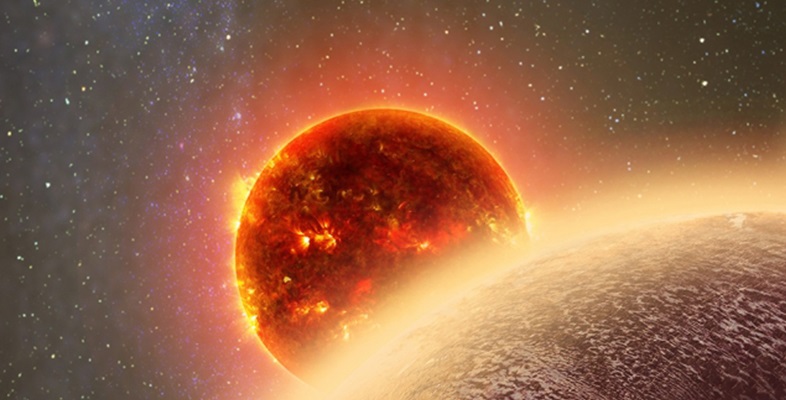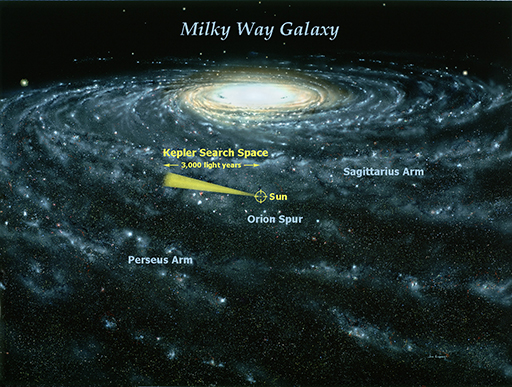1 Learning about the whole Galaxy
Kepler spent several years staring at only one relatively small region of the Milky Way. It has discovered over 2600 planets orbiting the stars in this patch of sky. We can use this information to reach conclusions about the whole of our Galaxy, not just a part of it. This is down to the sheer number and variety of stars that Kepler has monitored. Out of half a million stars available in the patch of sky Kepler stared at, 150 000 stars were selected for study by Kepler. The majority of these, around 90 000, are Sun-like G-type stars, but stars of other sizes and temperatures were also observed.
Because Kepler observed so many stars, astronomers have enough information to draw statistical conclusions about the number of different types of planets in the Galaxy. This assumes that the population of stars and planetary systems in the part of Cygnus observed by Kepler is typical of the rest of the Milky Way. This type of assumption is a common one in astronomy. It is reasonable because the laws of nature which govern how stars and planets form are the same everywhere (at least as far as we know!). To draw statistical conclusions, a large number of stars need to be studied: Kepler’s 150 000 is enough.
This means that if we work out the number of planets observed by Kepler in the part of space it looked at, we can translate that to the number of planets in the whole of the Galaxy. We can also break the total planet haul from Kepler into subsets, each corresponding to a different type of planet. For example, we could count the number of small, almost certainly rocky, planets found by Kepler. From this we can work out how many rocky planets there are in our Galaxy.

